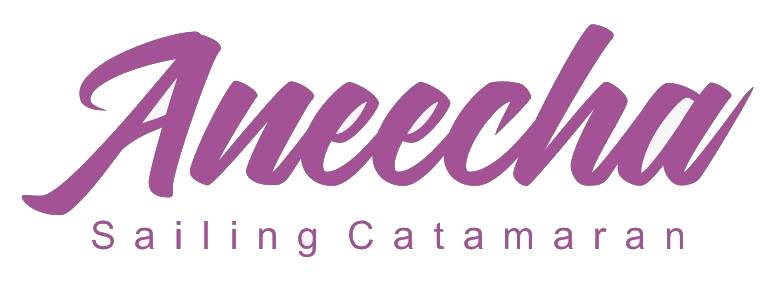Why is it important to use and analyse UTM tags in an affiliate link?
If you want to earn more on affiliate programs using your resource - a blog, a social media group or an Instagram account - get ready to analyse and try various strategies.
Many of our partners do not attach much importance to the analysis of statistics, and therefore we decided to share our knowledge on this topic.
How to collect more statistics?
We offer our partners a tool called UTM tags. It gives you the opportunity to add a special tag to your affiliate link, according to which you will get more information on where people discover and click on your links.
How it works
The affiliate link to MyBaliTrips.com looks as follows:
The question marks are replaced by your unique partner number.
For each link you can add a special tag:
utm_source - to specify the source of traffic. For example: facebook.
utm_campaign - for details on the traffic source. For example: banner1.
utm_content - for details on the traffic source. For example: article1.
This is achieved by adding the & character in between. Therefore, the link with tags will look like this:
How to use tags?
As indicated above, we have divided the tags by their purpose: utm_source, utm_campaign, utm_content.
For example, imagine that you have several resources: a blog, an Instagram account and a social media group. By using the “utm_source” tag in the affiliate link and assigning it unique values for each of your resources (blog, instagram, VK/FB), you can evaluate which of your sales channels gives you the best conversion.
Even if you only have one resource for working with an affiliate program, tags will still be useful for you to get detailed information about the conversion of your affiliate links.
For example, you can place our affiliate banner in the sidebar of your website and add the tag utm_campaign=sidebar to it, and place the same banner in the header of the website, adding the tag utm_campaign=header. In your Partner account statistics, you will see which of the banners works best.
Let's look at the utm_content tag using the example of a social media group.
For some reason, many believe that social networks cannot be properly analysed, and do not pay enough attention to it.
If you, for example, have a Facebook group, you can place an affiliate link there in a number of different ways (fixed post, regular post, link in comments, link in the “Links” box on the right).
By applying a separate utm_content tag for each link, you will get information on which of the links more often leads to a sale.
What about Instagram?
If you work with an affiliate program only through Instagram, you should still use tags.
On Instagram you can direct people to sales by posting links in:
biographies (about yourself);
stories;
advertising.
Any statistics (Google, Yandex, etc.) recognise all clicks from Instagram as one channel. With the help of UTM tags, you can divide and analyse all sales channels in more detail.
Where to find tag statistics?
We display all the information for each order in your personal Partner accounts in the Reports section, including the tag that was used. For your convenience, we export reports to Excel spreadsheets.
Conclusion: why do we need statistics on tags?
A correctly used tag will give you an understanding of which sales channel the order came from: from your website, Instagram, social media group, etc. You will be able to assess the potential and performance of your resource.
It is necessary to use UTM tags in order to correctly collect statistics, conduct a qualitative analysis and determine which of your channels work most efficiently, and as a result, earn more on the same amount of traffic.
Good luck!



















